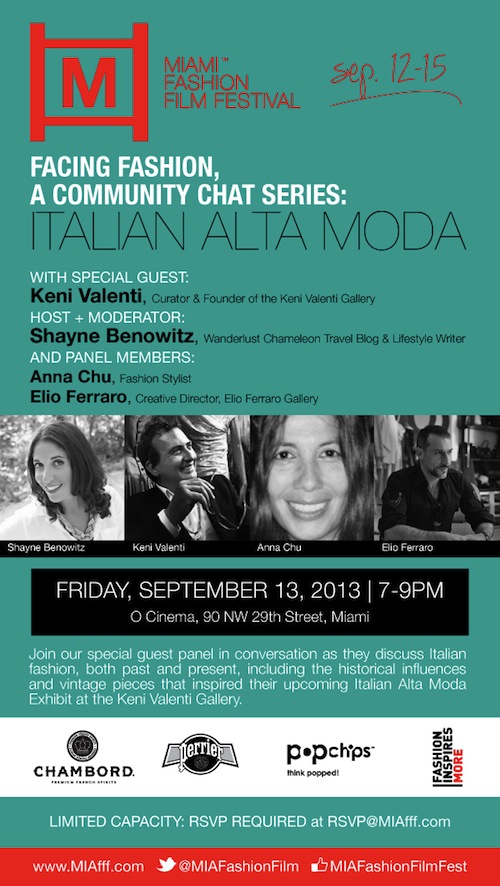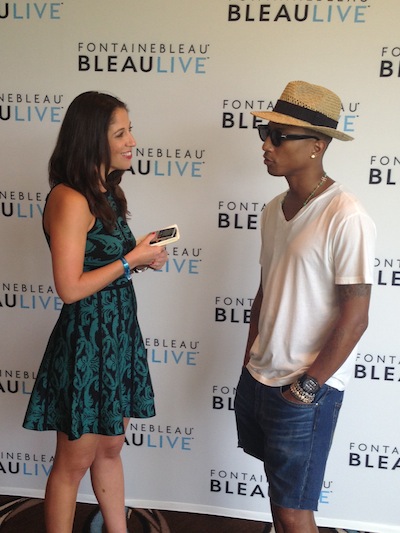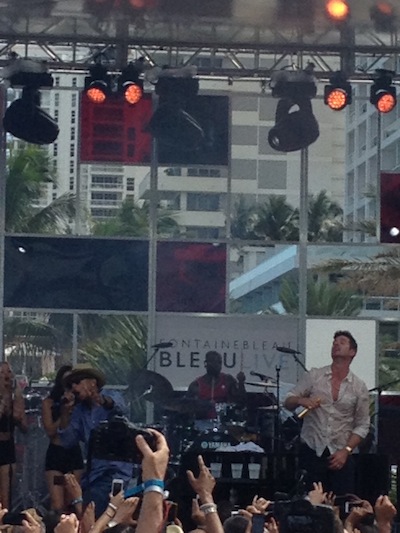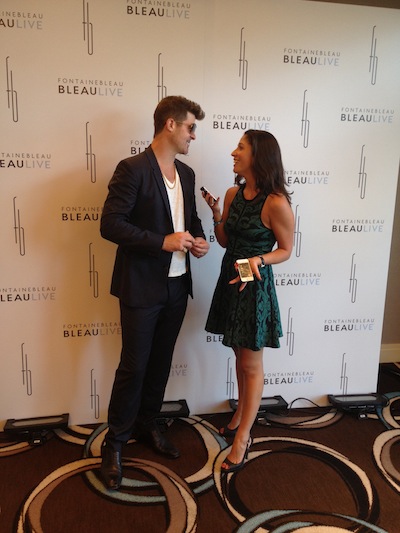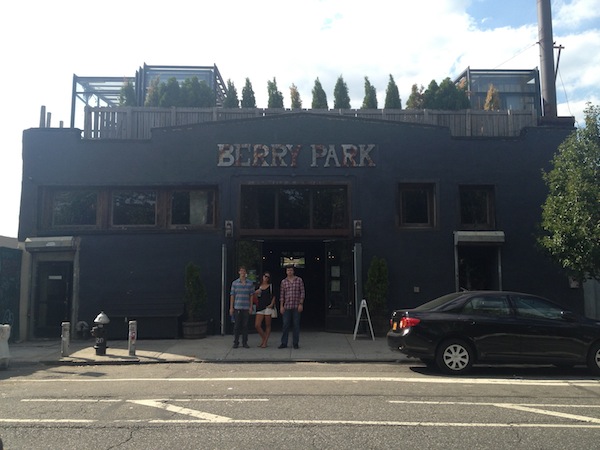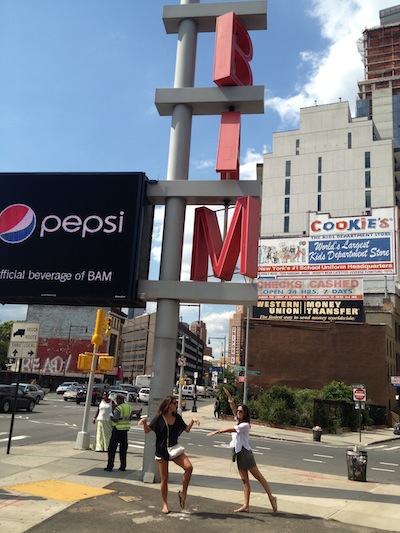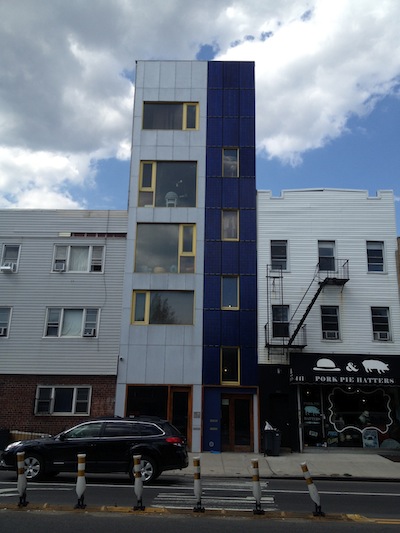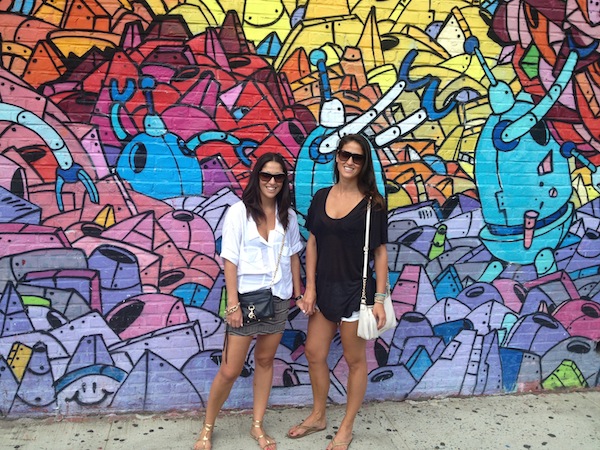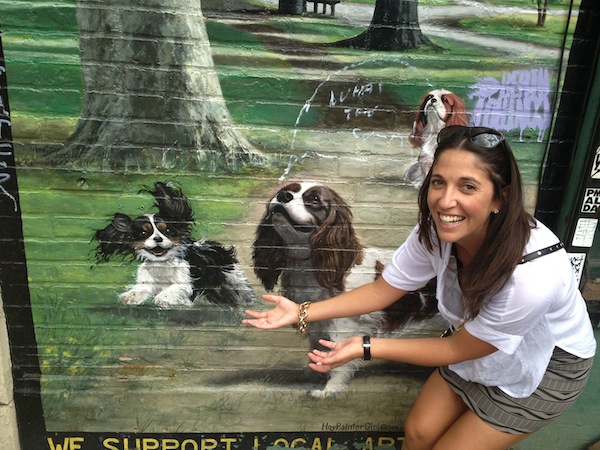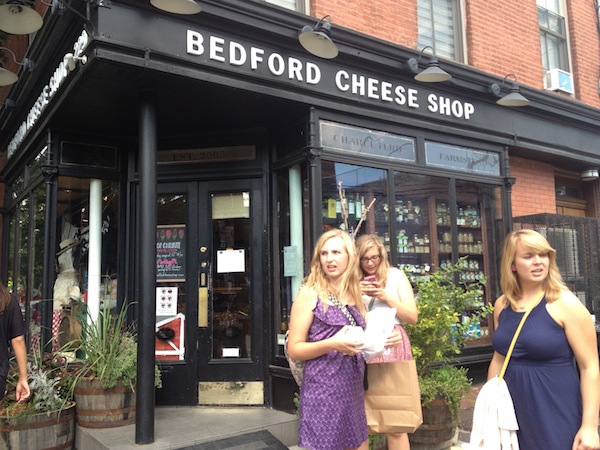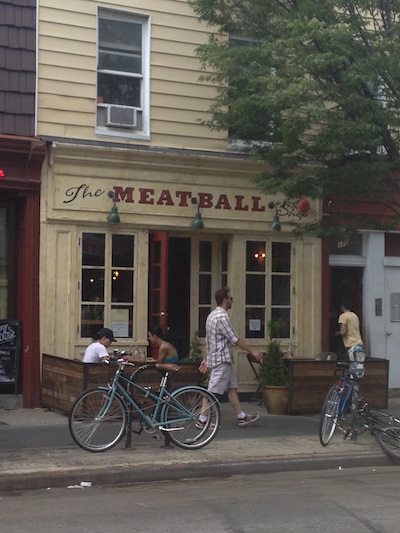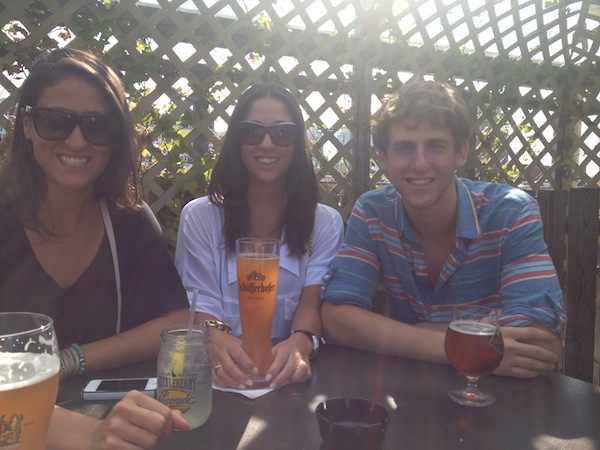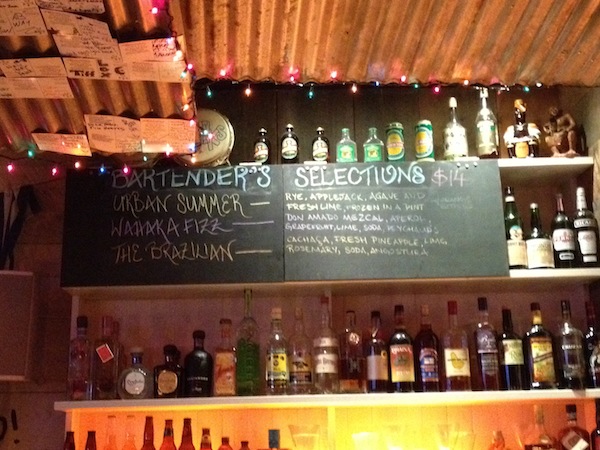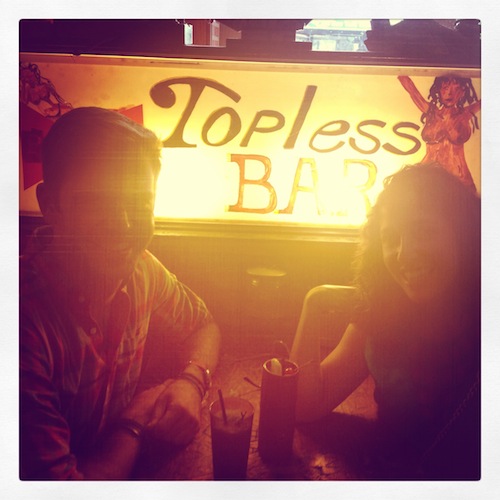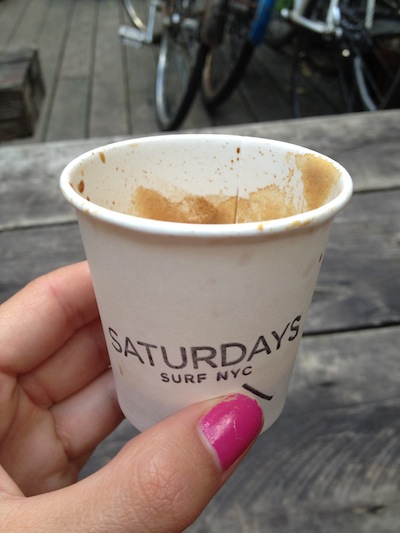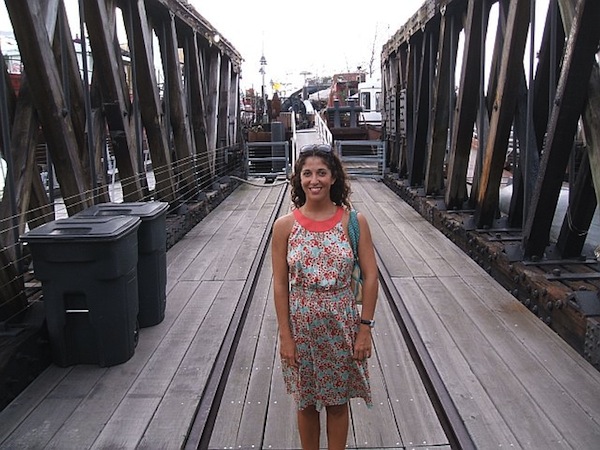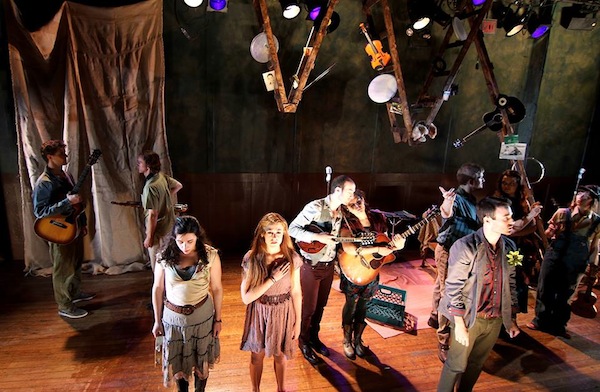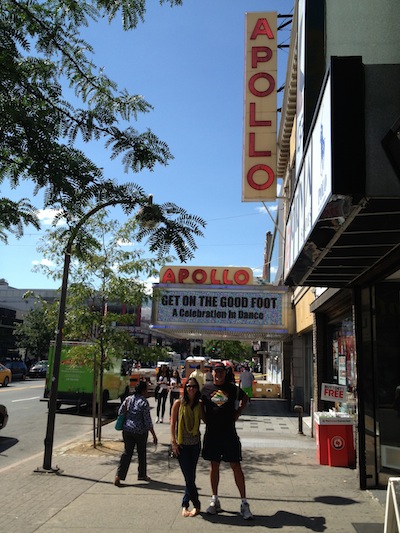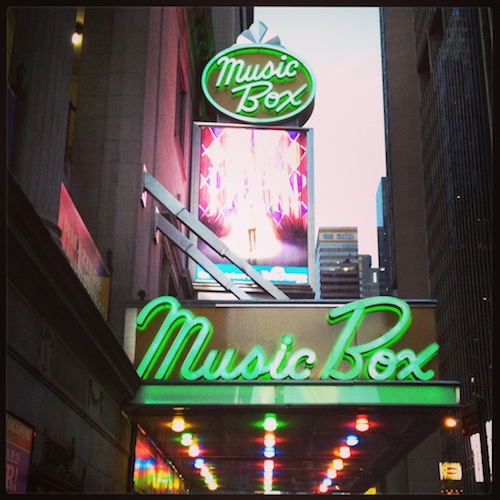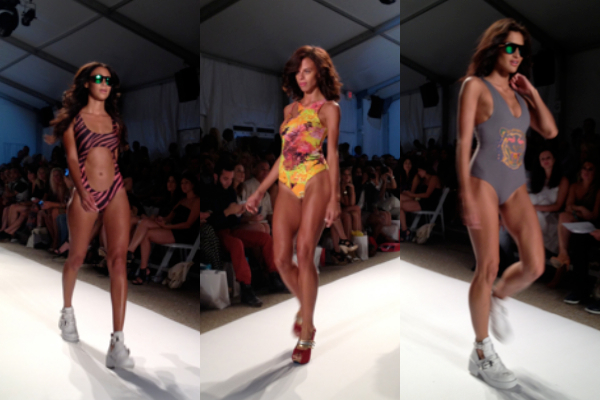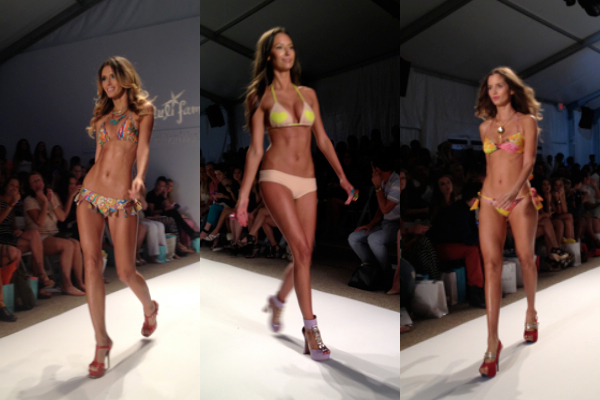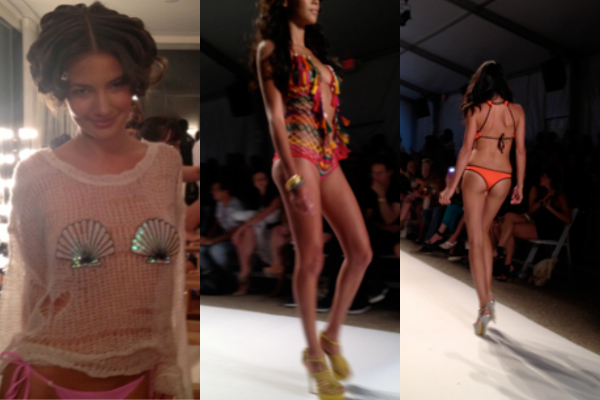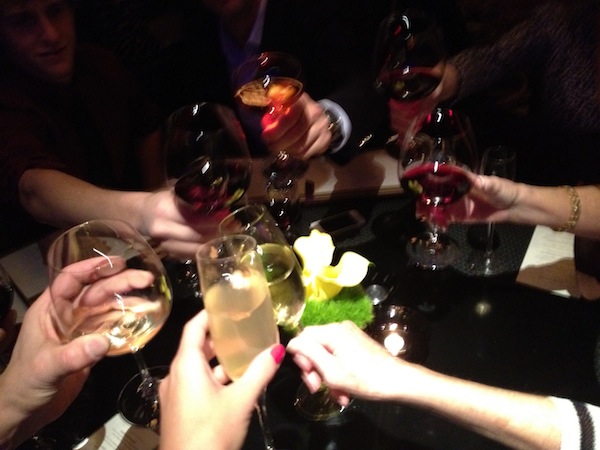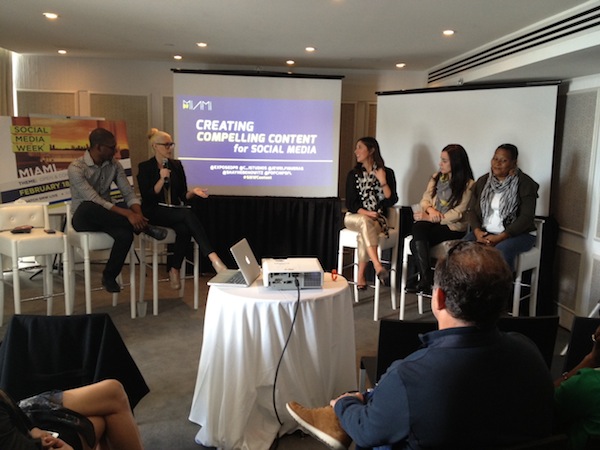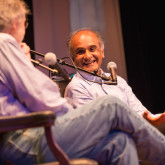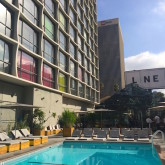Cold Calling & The Law of Averages
Welcome to Part 3 of my 5 part series, “How To Succeed in Freelance Writing Without Really Trying,” citing Peter Bowerman’s¬†The Well-Fed Writer¬†as a touchstone text.¬†Today, we’ll discuss cold calling and the law of averages. Access the rest of the series here: Part 1, Part 2, Part 4, Part 5.
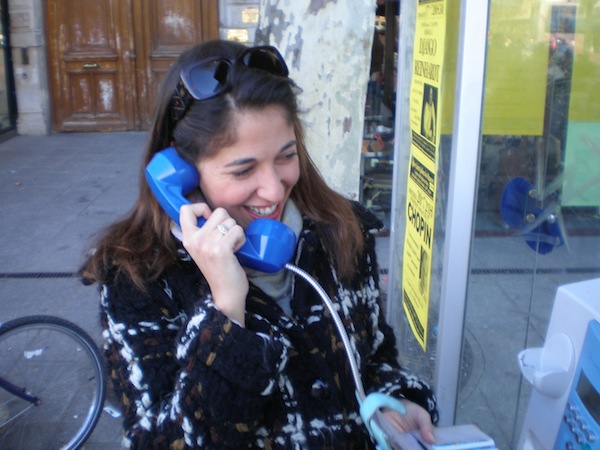
On a pay phone in Paris.
On November 1, 2010, I drove 150 miles up the Overseas Highway, my car filled with boxes, from Key West to my new condo on South Beach. I had enough money saved to live three to four months on a careful budget, a couple of clients providing a meager income stream, and a business plan. What now?
Peter Bowerman, author of¬†The Well-Fed Writer,¬†is a fierce proponent of cold calling, claiming to have made 700 cold calls in four week’s time to jump start his business. The technique may seem a bit antiquated in a digital world where we spend so much time networking on social media and sending emails, but it has its benefits. While he acknowledges that cold calling is inherently nerve-racking, it’s the most immediate way to get the ear of someone who might need your services. Here’s a few Bowerman tips to consider when taking the icy plunge into cold calling.
Compile a List 
Bowerman suggests starting with a long list of names in your particular field or industry to work from systematically. To compile this list, he says to head to the library and scour publications, such as business journals,¬†BusinessWise, and¬†the¬†Book of Lists.¬†A lot of this can probably also be done online, and for the truly tech-savvy, some of Bowerman’s advice will come across as outmoded. Whatever means you use to gather information and use technology, though, his advice on the business of writing holds up.
I probably spent way more time than necessary compiling my list. This is especially true because two and a half years later, I’ve barely skimmed the surface of all the contacts I compiled. Bowerman also suggests working from within an industry that you’re already involved, if possible. For me, that was tourism, and one of my earliest contacts in Miami was with a far-reaching hospitality association with a wealth of members in both tourism and hospitality. Shortly after making calls from the list that I compiled, I became privy to this association’s membership list and used my affiliation with them as my foot in the door.
Write Out Your Script 
Bowerman notes that the whole notion of cold-calling can be a blow to the ego. You have to realize that the majority of people that you call will be uninterested in what you have to offer. He suggests writing a script, and sticking to it. Something along the lines of, “Good morning, my name is Shayne Benowitz, and I’m a freelance writer making contact with local businesses to see if you might have the need for a good freelance copywriter to help with content marketing and social media. Who would be the best person to talk to?”
I did precisely that in a couple of different versions and wrote my script down on notecards that I read from. He also suggests having a longer version of your pitch for voicemail.
Keep A Log And Follow Up
I did just that and followed up over the phone and email. I know there are sophisticated contact management systems out there that would be beneficial to me, but I’ve seemed to do okay so far without them.
Understand The Law Of Averages 
The proposition of cold calling is awkward, at best. And I’ll admit that I don’t miss it. We live in a world where business communication is often done most smoothly via email. However, in my experience, the people who also make an effort to talk over the phone and meet in person, tend to stand out from the pack and solicit a stronger feeling of loyalty and camaraderie from me.
In all, my cold calling campaign lasted about a month and I made about 100 calls. I selected two hours at the start of my day to make these phone calls and follow ups. And, yes, I got a lot of voicemails and disinterested prospects. However, I also got a number of leads and two solid clients that I still work with to this day.
I probably could have continued cold calling and may resort to it again one day. Who knows! So why did I stop? Fortunately, the pipeline was starting to fill up with leads from these efforts, as well as from contacts made through networking and referrals. And we’ll get to those two techniques tomorrow.
Check back tomorrow for “Part 4: Networking & Referrals” of my 5 part series¬†“How To Succeed in Freelance Writing Without Really Trying.”
Are you interested in becoming a full-time writer? What questions do you have? Are you a fellow freelance writer? How did you approach prospecting?¬†Let’s start a dialogue in the comments below!¬†


